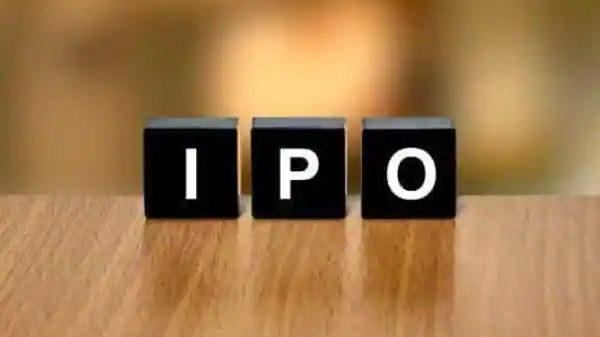NEW DELHI:The primary market has been euphoric, with 18 initial public offerings (IPOs), including on the mainboard and the SME segment, hitting the Street so far this year. Data available with BSE showed that of the 18 issues, 12 have traded higher than their respective issue prices.
Experts say that individuals who plan to put money in the primary market after looking at the gains in recent IPOs shouldn’t fall for marketing gimmicks and keep in mind that there are risks and downsides involved.
Retail investors who are looking to invest in IPOs must do their due diligence, and one of the key things is to go through the company’s offer document.
According to the Securities and Exchange Board of India’s (Sebi) investor education initiative, the offer document lists out facts, details and promises of the issuer company.
It is very important for investors to read it before deciding on whether or not to invest in an issue. Here’s how to read the offer document:
Cover page
The cover page contains contact details of the issuer company, lead managers and the registrar to the issue. Details on the nature of the instrument, number of stocks on offer, price of the issue and the issue size are also mentioned on the cover page.
Risk factors
Under this head, the issuer company gives its view on internal and external risks envisaged by the company and proposals, if any, to address such risks. The company also makes a note on forward-looking statements.
As part of the risk factors, the company provides information on the industry in which it operates and details of the business.
An investor must read the risk factors before making any investment decision.
About the company
Under this, a review of the details of the business of the company, business strategy, competitive strengths, insurance, industry‐regulation (if applicable), history and corporate structure, main objects, subsidiary details, management and board of directors, compensation, corporate governance, related party transactions, exchange rates, the currency of presentation and dividend policy are given.
Financial statements
Financial statement and restatement as per the requirement of the guidelines and differences between any other accounting policies and the Indian accounting policies are presented.
Legal information
Outstanding litigations and material developments, litigations involving the company, promoters of the company, its subsidiaries, and group companies are disclosed. Also, material developments since the last balance sheet date, government approvals or licensing arrangements, investment approvals, technical approvals, and indebtedness, etc. are disclosed.
Keep in mind that IPOs are usually launched when there is a surge in the market, and as promoters aim to limit the dilution of value, the valuations are generally at a premium.
This article is auto-generated by Algorithm Source: www.livemint.com


